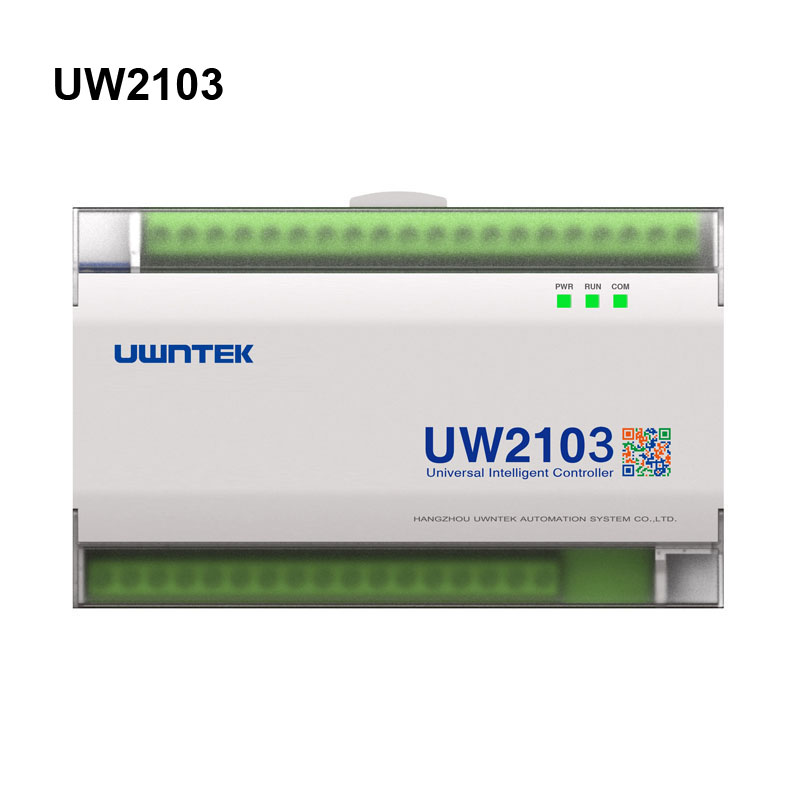We live in a world made up of machines, equipment and complex processes. The assembly lines in factories run at high speed, the elevators in high-rise buildings rise and fall smoothly, and the gas pipelines in cities silently transport energy... Behind these seemingly ordinary scenes, there is a "silent guardian" working all the time - it is the safety control system.
You can think of it as an extremely vigilant and tireless "safety steward". Its core task is simple, to prevent accidents and ensure safety. Whether it is to protect the lives of personnel, prevent accidental damage to equipment, or avoid environmental pollution or major economic losses, the safety control system is at the forefront.

Sensors
These are the "eyes" and "ears" of the system. Sensors at key locations constantly monitor various conditions on site, such as whether the temperature is too high? Is the pressure beyond the limit? Is there any dangerous gas leakage? Is the equipment running at an abnormal speed? Once any indicator is found to deviate from the preset "safety red line", the sensor immediately sends an alarm signal.
Safety controller
This is the "brain" and "nerve center" of the system. It receives signals from sensors and makes judgments based on preset and rigorously verified safety logic. The core principle of this logic is that when a specific dangerous situation is detected, a safety action must be triggered, and fast! It is different from ordinary control systems and is designed for high reliability and fast response.
Actuator
This is the "hands" and "feet" of the system. Once the safety controller determines that a danger has occurred, it will issue instructions without hesitation to drive the actuator to take action. For example, the following actions
Immediately cut off the power source of the equipment.
Emergency shutdown to stop the equipment from running.
Open the safety valve to relieve pressure or discharge.
Start the alarm device to remind people to pay attention or evacuate.
Activate the safety protection device.
Monitoring and diagnosis
Modern "housekeepers" are also good at "writing diaries" and "reporting". It can record all alarm events and operation processes to facilitate subsequent analysis of causes. At the same time, it can also perform self-diagnosis, detect potential faults or hidden dangers in advance, and inform the operator through the human-machine interface to remind maintenance to prevent problems before they happen.
High reliability: key components often use redundant design to avoid single point failure causing the entire system to fail.
Fail-safe principle: when designing the system, it is necessary to consider that even if a failure occurs, it should be guided to a safe state as much as possible.
High diagnostic coverage: the system can self-detect most of its own faults.
Compliance with safety standards: the design, selection, installation and use of the entire system strictly follow international or industry safety standards and need to meet specific safety integrity level requirements.
